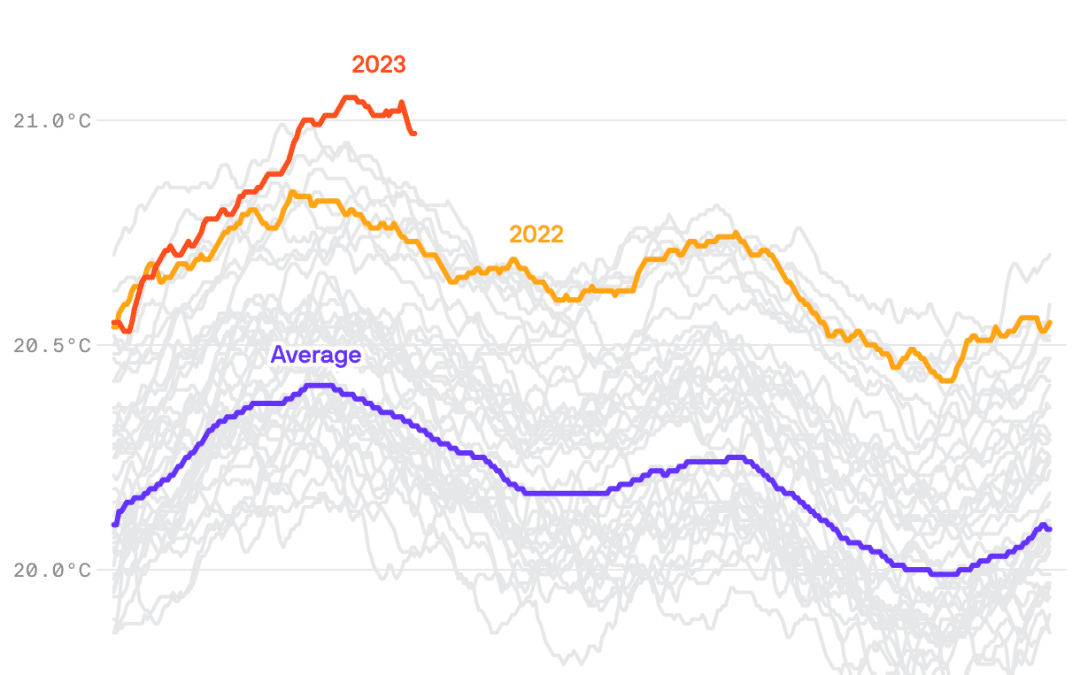[fusion_builder_container type=”flex” hundred_percent=”no” equal_height_columns=”no” menu_anchor=”” hide_on_mobile=”small-visibility,medium-visibility,large-visibility” class=”” id=”” background_color=”” background_image=”” background_position=”center center” background_repeat=”no-repeat” fade=”no” background_parallax=”none” parallax_speed=”0.3″ video_mp4=”” video_webm=”” video_ogv=”” video_url=”” video_aspect_ratio=”16:9″ video_loop=”yes” video_mute=”yes” overlay_color=”” video_preview_image=”” border_color=”” border_style=”solid” padding_top=”” padding_bottom=”” padding_left=”” padding_right=””][fusion_builder_row][fusion_builder_column type=”1_1″ layout=”1_1″ background_position=”left top” background_color=”” border_color=”” border_style=”solid” border_position=”all” spacing=”yes” background_image=”” background_repeat=”no-repeat” padding_top=”” padding_right=”” padding_bottom=”” padding_left=”” margin_top=”0px” margin_bottom=”0px” class=”” id=”” animation_type=”” animation_speed=”0.3″ animation_direction=”left” hide_on_mobile=”small-visibility,medium-visibility,large-visibility” center_content=”no” last=”true” min_height=”” hover_type=”none” link=”” border_sizes_top=”” border_sizes_bottom=”” border_sizes_left=”” border_sizes_right=”” first=”true”][fusion_text]Since mid-March, the world’s oceans have been hotter than at any time since at least 1982, raising concerns among some climate experts about accelerated warming, Andrew writes.
Why it matters: Hotter oceans are hugely consequential for land areas, because they can contribute to more frequent and severe extreme weather and climate events, from deluges to heat waves.
In addition, the temperature spike could be a sign that warming is speeding up in ways that climate models failed to anticipate.
Zoom in: While the global average sea surface temperature record is noteworthy and has ramifications, it’s not a reason to panic, climate scientists told Axios.
The sea surface temperature spike, detected by a network of ships, buoys and satellites, is likely due to the combination of an emerging El Niño in the tropical Pacific, and another trend that scientists are far more concerned about.
When a La Niña event gives way to an El Niño, as is happening now, large amounts of ocean heat that had been lurking beneath the ocean surface are drawn upward, according to Michael Mann, a climate scientist at the University of Pennsylvania.
Context: El Niño events are defined by above-average ocean temperatures in the equatorial tropical Pacific, along with myriad shifts in weather patterns.
Threat level: The steady and record-setting accumulation of ocean heat throughout the water column, not just at the surface, actually has climate scientists more concerned than the recent sea surface temperature spike.
Researchers like Mann and Kevin Trenberth of the National Center for Atmospheric Research told Axios this is a clearer sign of human-caused global warming than the ongoing record sea surface temperatures.
The intrigue: Record warm ocean surface temperatures also reflect the fact that since the last major El Niño in 2016, global average temperatures have increased on land and sea.
What we’re watching: How global average surface temperatures evolve during the course of the projected El Niño, which is anticipated to take hold between the summer and fall and potentially become a strong event.
Read the whole story[/fusion_text][/fusion_builder_column][/fusion_builder_row][/fusion_builder_container]

